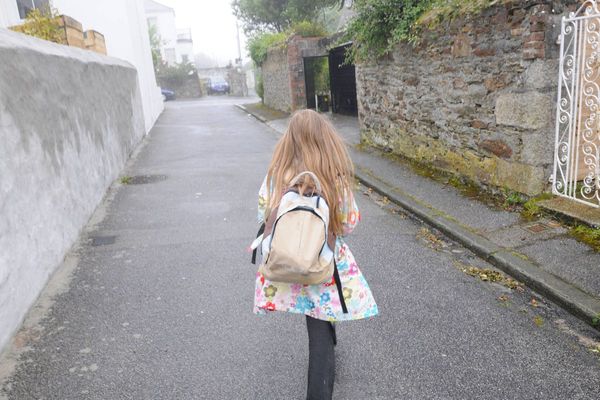
CLEVELAND — The 1918 flu pandemic which killed tens of millions of people did not take a particularly heavy toll on young adults after all, reveals new research.
New analysis of the remains of victims of the Great Influenza epidemic, also known by the name misnomer Spanish flu, contradicts the widespread belief the flu disproportionately impacted healthy young people.
Because so many people fell ill so quickly – with an estimated 500 million cases worldwide, doctors at the time believed the healthy were as likely to die from the flu as those who had already been sick or frail.
But, despite several historical accounts, it now turns out there is no concrete scientific evidence to support that belief.

Researchers who analyzed victims’ age at death and studied lesions on the victims’ bones found that the most susceptible to dying from flu had shown signs of previous environmental, social and nutritional stress – just like during the Covid-19 pandemic.
“Our circumstances – social, cultural and immunological – are all intertwined and have always shaped the life and death of people, even in the distant past,” said Study lead author Dr. Amanda Wissler, of McMaster University in Canada.
“We saw this during Covid-19, where our social backgrounds and our cultural backgrounds influenced who was more likely to die, and who was likely to survive,” she added.
She explained that much of the research on the 1918 pandemic relies on historical documentation such as census data and life insurance records, none of which include information on pre-existing conditions, or general environmental, dietary or other chronic stressors that can impact overall health.
The research team examined the skeletal remains of 369 people from the Hamman-Todd Documented Skeletal Collection, which is housed at the Cleveland Museum of Natural History in the United States. All had died between 1910 and 1938.
The sample was divided into two groups: a control group who had died before the pandemic, and those who died during the pandemic.
The researchers said a living person’s skeletal structure may undergo lasting changes due to poor health, resulting in diminished height, irregular growth, developmental tooth defects and other indicators.
The team searched for lesions, or indicators of stress, on the shinbones of the pandemic victims as new bone formation occurs in response to inflammation caused by physical trauma or infection.
Scientists can determine if a lesion had been active, in the midst of healing or had completely healed, all of which provide evidence of underlying conditions.
“By comparing who had lesions, and whether these lesions were active or healing at the time of death, we get a picture of what we call frailty, or who is more likely to die,” said the study co-author Professor Sharon DeWitte, a biological anthropologist at the University of Colorado Boulder.

“Our study shows that people with these active lesions are the most frail,” said Prof. DeWitte.
“Pre-existing medical conditions – such as asthma or congestive heart failure – are common risk factors that can contribute to poor outcomes from infectious diseases such as flu,” she noted.
“During the Black Death in London, for example, people who had previously suffered environmental, nutritional and disease stressors were more likely to die from the plague than their healthier peers,” said the researchers.
“The results of our work counter the narrative and the anecdotal accounts of the time,” noted Dr. Wissler
“This paints a very complicated picture of life and death during the 1918 pandemic,” she added.
Produced in association with SWNS Talker
Edited by ISAAC OKOTH NYAMUNGU and Newsdesk Manager







